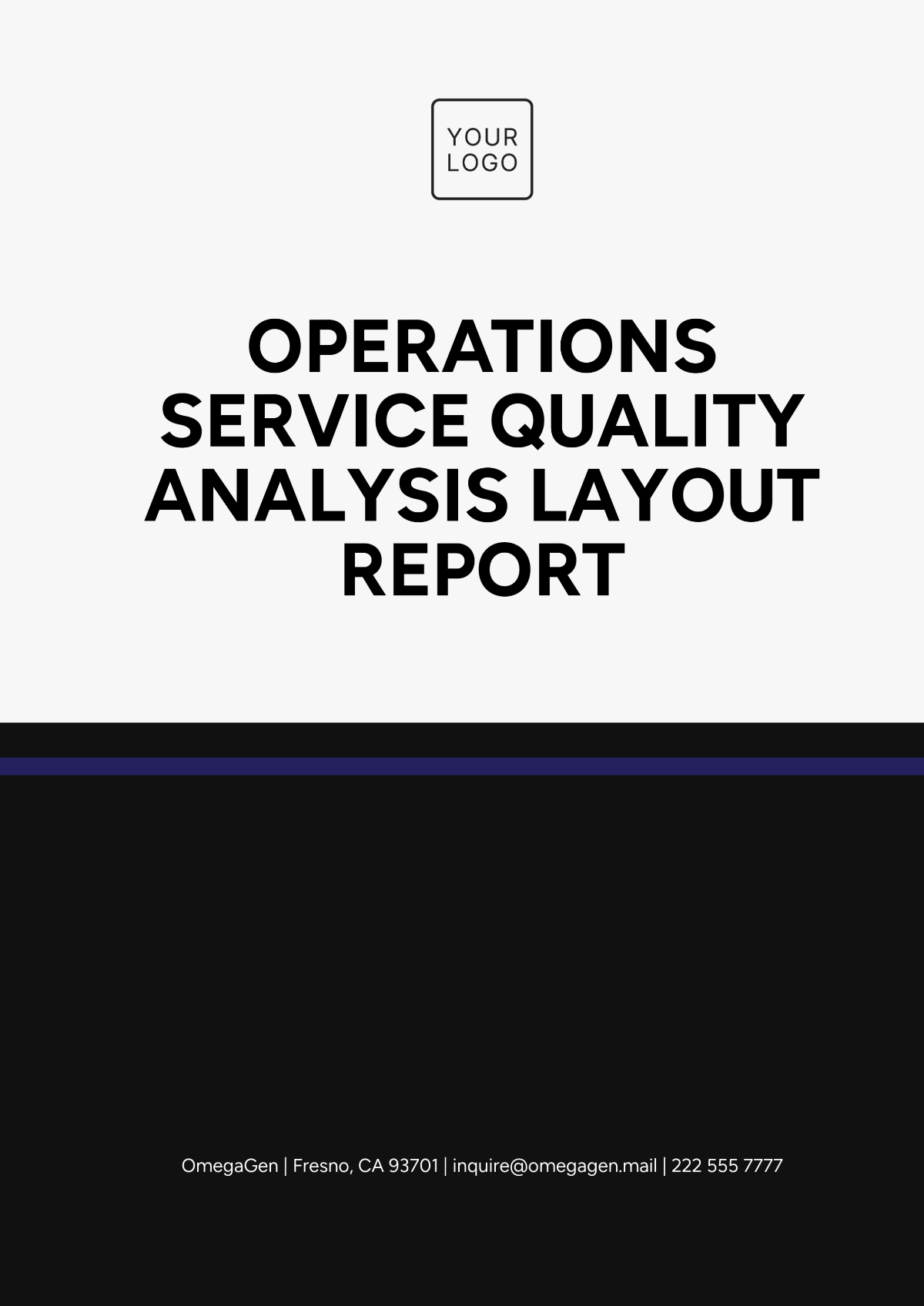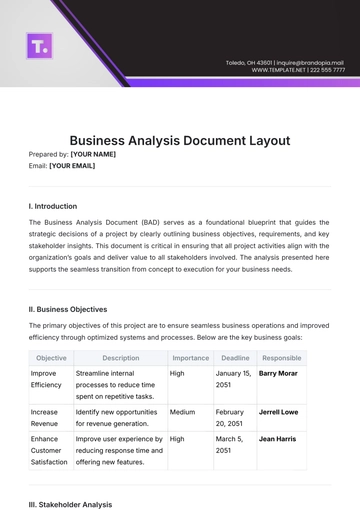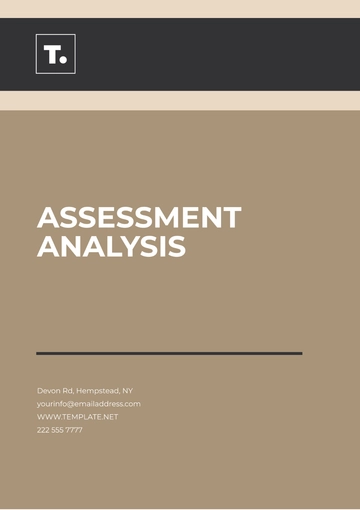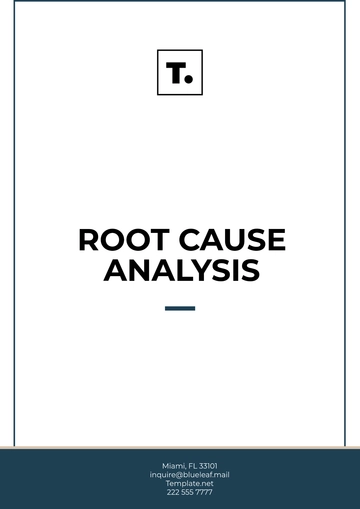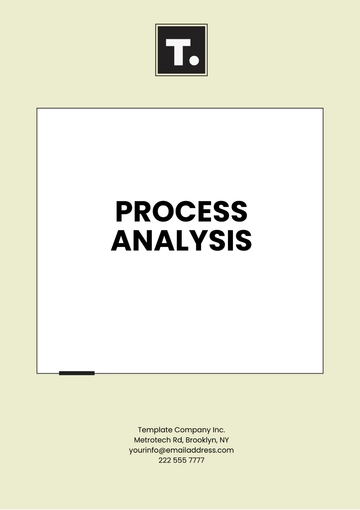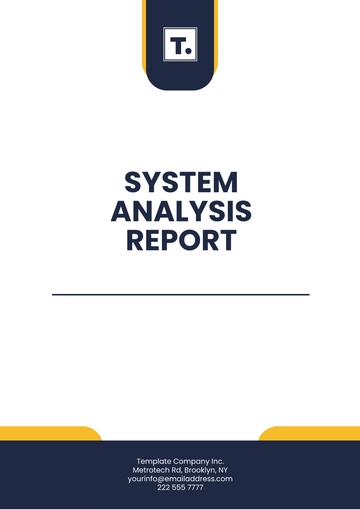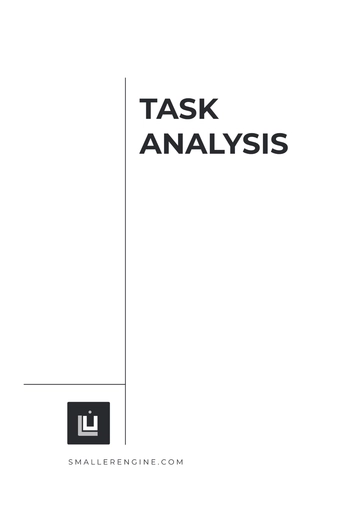Operations Service Quality Analysis Layout Report
Date: [Insert Date]
Prepared by: [Your Name]
1. Executive Summary
Objective: Briefly state the purpose of the report.
Key Findings: Highlight the most critical insights or observations.
Recommendations: Summarize suggested actions to address issues.
2. Introduction
Scope: Define the boundaries of the analysis (e.g., time, departments covered).
Background: Contextualize the operations and service areas analyzed.
3. Methodology
Data Sources: Outline data collection methods (e.g., customer feedback, operational metrics, surveys).
Analysis Techniques: Specify tools and methods used (e.g., root cause analysis, Pareto charts).
4. Findings and Observations
Service Quality Metrics: Present key performance indicators (KPIs), such as response time, accuracy, and customer satisfaction scores.
Operational Trends: Highlight trends or patterns observed.
Root Cause Analysis: Identify the underlying causes of service quality issues.
Example Format:
Metric | Target Value | Actual Value | Variance | Notes |
|---|
Customer Satisfaction | 90% | 85% | -5% | Delays in response time |
5. SWOT Analysis (Optional)
Strengths: Identify strengths in current operations.
Weaknesses: Highlight areas needing improvement.
Opportunities: Pinpoint potential enhancements.
Threats: Address risks or challenges.
6. Recommendations
Provide specific, actionable solutions to improve service quality.
Include a priority level (e.g., high, medium, low) for each recommendation.
Example Format:
Recommendation | Priority | Responsible Party | Timeline | Expected Outcome |
|---|
Train staff on the new CRM system | High | HR Department | 3 months | Improved response time |
7. Implementation Plan
8. Conclusion
9. Appendices
Raw Data: Attach any raw data referenced in the report.
Charts and Graphs: Include visual aids for clarity.
Glossary: Define any technical terms.
Report Templates @ Template.net
